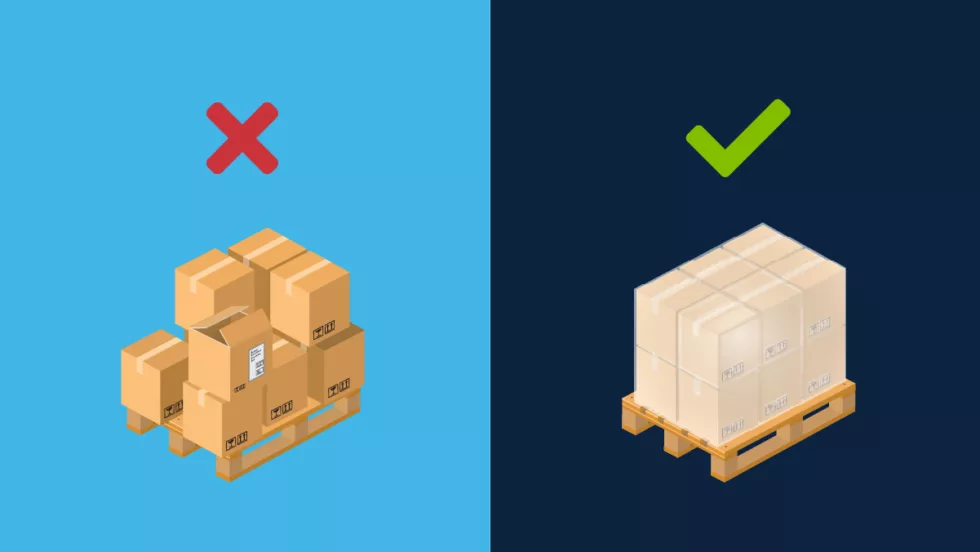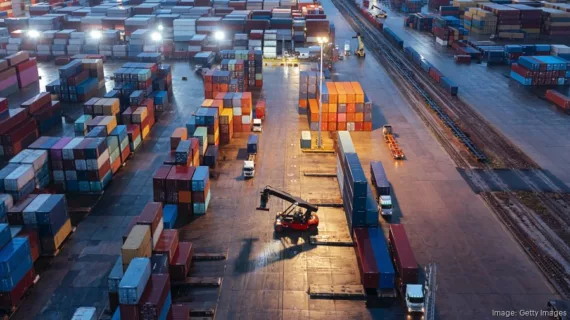
April 2024 Logistix Loop
Best Practices for LTL Shipping
The Ideal LTL Shipment
The textbook LTL shipment contains three key characteristics: it’s palletized, shrink-wrapped and stackable. Checking off these boxes helps carriers maximize space on the trailer and allow for easier handling and movement upon pick-up and delivery.
It sounds easy, but not all products fit or stack efficiently on a 40 x 48-inch pallet. When a shipment is oversized or hangs off the edge of a pallet, it’s considered a non-stackable shipment or a stowage loss. These types of packages incur a higher shipping cost due to loss of space on the trailer. For some shipments the extra fee is unavoidable, however, it’s always something to keep in mind before shipping LTL.
The Rigors of Transportation
The proper packaging of your freight is essential to minimizing a shipment’s potential for damage during the rigors of transportation. Products encounter this risk as soon as the truck leaves the dock with the inertia from braking, accelerating and general vibrations during travel causing freight to shift from front-to-back in the trailer.
By securing your product to the pallet using bolts, wrap or banding, shippers decrease the possibility of freight falling off and damaging their goods. In the same vein, carriers can avoid messy trailers by placing cardboard under stacked pallets, pails or drums to absorb some of the vibrations and protect floor-loaded freight from sliding around.
Labeling your Freight
Clear labeling and instructions equip carriers with the information they need to properly identify and handle your shipments. Hazardous materials, or hazmat items, must be marked on the outside package at a minimum of two adjacent sides.
Correct labeling on your freight ensures a safer experience for all shippers, as certain commodities can’t be shipped on the same trailer as hazmat items. Identifying any other freight requirements beforehand also helps carriers plan better routes and deliver shipments on time.
Thank you to our partner, Averitt!
Dynamic Logistix teamed up with our carrier partner, Averitt, to share our best practices for LTL shipping that ensures a smooth journey for our clients’ freight from start-to-finish. Averitt’s insights on proper stacking, packaging and labeling help our shippers deliver their products safely, securely and on time. We want to thank them for collaborating with us!
To learn more from Averitt on the rigors of transportation and freight protection, visit the following links:
Rigors of Transportation: averitt.com/freight-in-transit
Freight Protection: averitt.com/freightprotection
If you’re a shipper looking for a partner to help lower costs, save money and improve time management for all your freight operations, Dynamic Logistix offers a customizable approach to your unique shipping needs. Get a FREE quote on your freight spend analysis today: https://dynamiclogistix.com/freight-brokerage-ship-dynamix/







